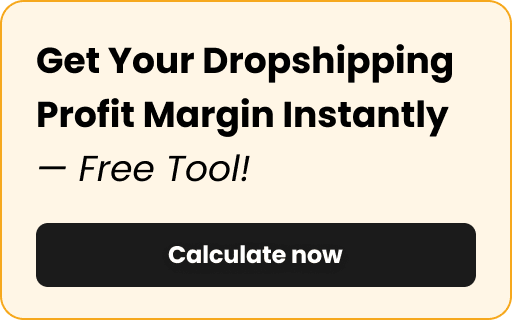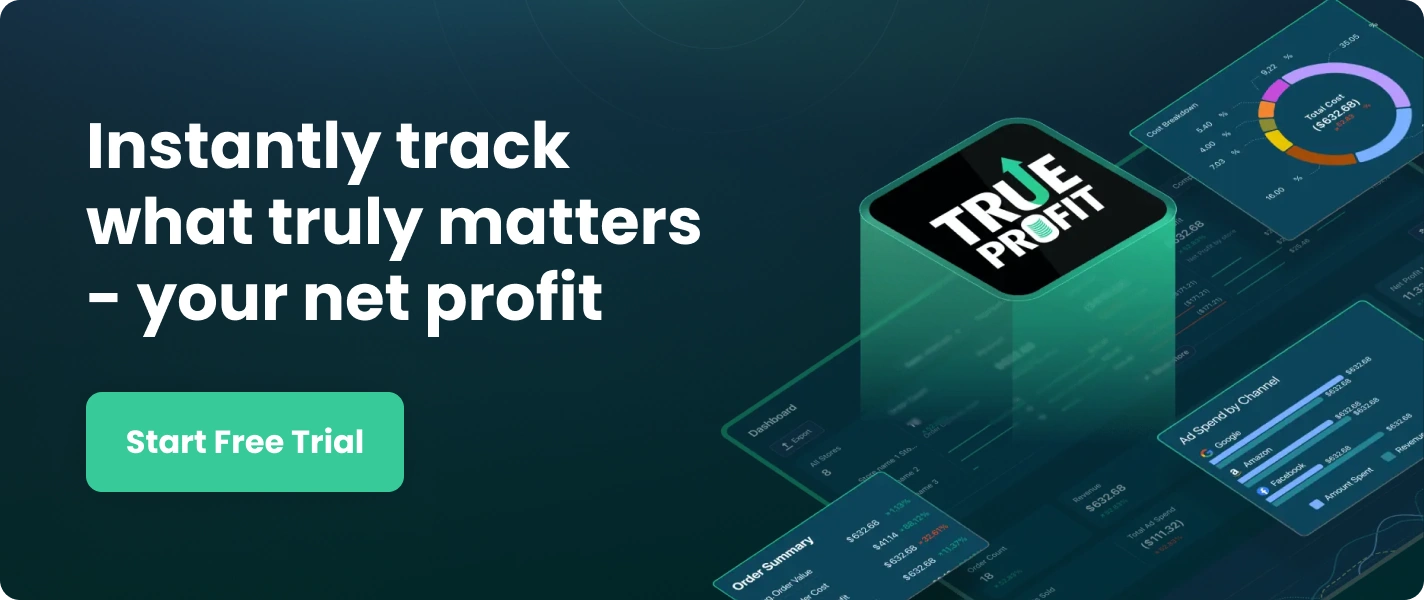Is Dropshipping a Scam? Trusted Source Reveals the Truth
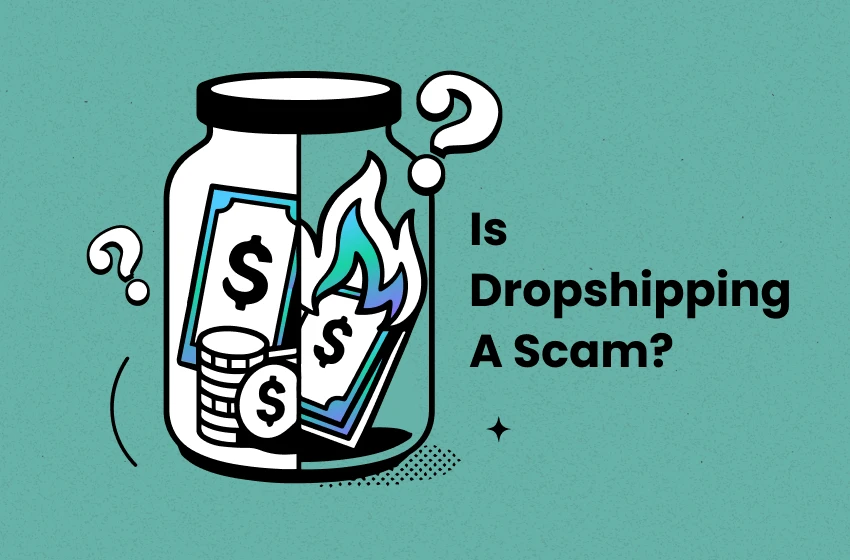
Dropshipping is one of the most popular ways to start an online business — but with the rise of fake “gurus” and overpromising ads, many beginners ask: Is dropshipping a scam?
The short answer: Dropshipping is not a scam, but scams exist within the dropshipping space. Let’s break it down step by step so you can tell what’s real, what’s risky, and how to build a legitimate business that lasts.
What is Dropshipping & How Does It Work?
Dropshipping is a business model where items bought from an online store are shipped directly to customers by the third-party supplier.
Here’s how it work:


Is Dropshipping a Scam or a Legal Business Model in 2026?
Dropshipping is a completely legal business model that’s been around for decades. The concept began in the 60s/70s with mail order, evolved through the 1990s eCommerce and drastically grew in 2010 thanks to the rise of platforms like AliExpress and Shopify.
However, regulations differ by country. In the U.S., it’s legal and governed by both federal and state laws. In the EU, general eCommerce rules apply, requiring transparent seller details and disclosure of extra delivery costs, especially for imported goods.
Today, in 2025, dropshipping is used by millions of entrepreneurs and online retailers worldwide. According to Grand View Research, the global dropshipping market was valued at $365.7 billion in 2024 and is projected to grow over 22% annually, reaching around $1.25 trillion by 2030 — proving that it’s not only legal but also one of the fastest growing markets.
9 Most Common Dropshipping Scams & How to Avoid As Beginners
Dropshipping is legal but its reputation has been seriously damaged by these scam tactics:
1. Fake Dropshipping Suppliers/Wholesalers
Fake dropshipping suppliers are one of the most common and costly scams in eCommerce. Many pretend to be reliable suppliers but are actually middlemen or outright scammers. They might have credible-looking websites or even send you fake samples to look legit. But once you place your first bulk order, they’ll disappear, overcharge, or ship low-quality or wrong products.

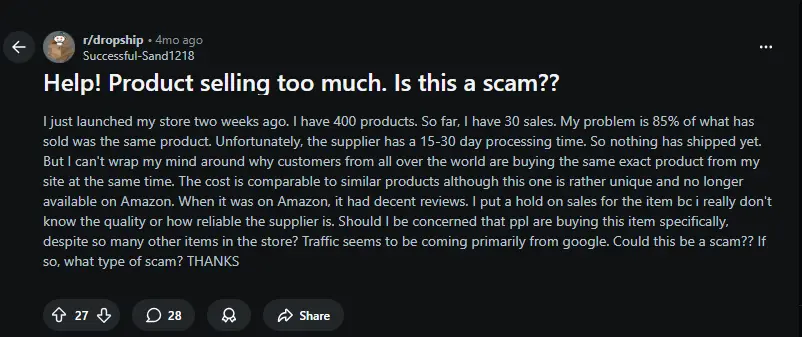
4 red flags to spot fake suppliers early:
- Inconsistent information: Their claimed business location doesn’t match contact or shipping details.
- No verifiable business registration: Scammers rarely share real business credentials or licenses.
- Unrealistic pricing: If prices are far below market value, it’s likely too good to be true.
- Poor or no reviews: A lack of genuine feedback—or repeated complaints—often signals a fake operation.
How to Avoid It:
The first step is always to verify every supplier before placing bulk orders. A merchant oftent checks for valid business registration, official contact information, and consistent shipping details. If it seems too good to be true, it probably is.
2. Hidden Shipping Fees
Shipping cost is one of the biggest expenses in dropshipping, and while it’s hidden, it becomes the most dangerous profit killer. Here’s how this trap can happen in your store:
At first, some suppliers advertise “discounted” products, but later apply inflated shipping fees for every order. Their shipping terms are often vague, and “standard delivery” can end up costing as much as express shipping elsewhere.
These hidden costs silently shrink your profit margin. What looks profitable at first can quickly turn into a loss once these fees pile up. Worse, it forces merchants to raise product prices, making their stores less competitive and hurting conversion rates over time.
How to Avoid It:
The number one way to protect yourself is to always request a full breakdown of shipping costs—including rates, delivery timeframes, and destinations.
Once you have this information, compare it with other verified suppliers offering similar products. If one supplier’s “standard” shipping fee seems unusually high, treat it as a warning sign and evaluate that supplier more carefully before committing.
There’s also the case where a supplier starts with standard rates but gradually increases shipping costs without you noticing. With that case, use tools like TrueProfit, which automatically tracks shipping fees and all other expenses to calculate your net profit, helping you spot hidden costs early and protect your margins before it’s too late.
3. Counterfeit Products
Another major dropshipping scam involves counterfeit or low-quality products. Some suppliers claim to sell “authentic” or “branded” items at heavily discounted prices—but in reality, they’re selling counterfeit products — an item that uses someone else’s trademark without their permission.


At first, these products might look convincing in photos, but once they reach customers, it’s a different story: fake labels, poor packaging, and inferior quality. This not only leads to refunds and chargebacks but can also damage your store’s reputation permanently. Worse, if you’re unknowingly selling counterfeit goods, you could face legal penalties or account bans on platforms like Shopify, Meta, or Google Ads.
How to Avoid It:
The easiest way to tell if a product is fake is to check its reviews or request documentation (genuine suppliers will have product certificates). If anything feels off or the price seems unrealistically low, it’s best to move on and find a truly verified
4. Fake Reviews
Some suppliers upgrade their reputation using AI-generated or paid fake reviews to appear more credible than they really are. These reviews could be five-star ratings, glowing feedback, and even fake “verified purchase” tags. Having no reviews is a warning sign, but those fake positive ones are just as dangerous because they’re tricking merchants into deals that hurt profit and reputation.
How to Avoid It:
A quick search of the supplier's name on subreddits like r/dropshipping, r/dropship, or r/suppliers can expose scam suppliers. Those real discussions often reveal more than any testimonial page ever could.
5. Out-of-Stock Scams
Suppliers trap you in by advertising products that don't actually exist or are already out of stock. After merchants start taking orders, the delivery delay indefinitely or disappears, leaving merchants to deal with customer complaints and potential chargebacks.

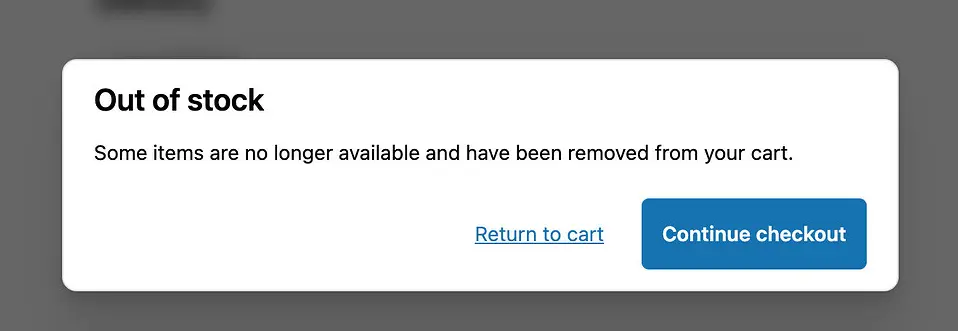
There're two major flags of these scammers:
- Inconsistent stock availability. It means their products frequently go out of stock.
- Long lead times: Shipping timelines are unusually long.
These scammers target dropshippers eager to expand their product catalog quickly without verifying supplier real-time inventory data first.
How to Avoid It:
Often merchants ask suppliers for real-time inventory data and stock levels. They also place a small test order to confirm if the items are truly in stock before listing them in their store.
6. Chargeback Scams
Chargeback scams occur when a customer places an order, receives the product, and then files a false dispute with their bank—claiming the item never arrived, was completely different from what was described, or that the transaction wasn’t authorized.
When this happens, you lose both the product and the payment. Worse, a high number of chargebacks can cause your account to be flagged or even suspended by payment processors.
Not all chargebacks come from bad intentions—some customers genuinely forget their purchases or misunderstand billing details. However, scammers often exploit the system, knowing banks tend to favor the buyer’s side, leaving merchants with limited protection.
How to Avoid It:
Chargeback scams can’t always be prevented, but their damage can be minimized. Reliable suppliers and accurate listings form your first line of defense. Tracking information, delivery proof, and open communication reduce the chance of misunderstandings that lead to disputes.
When chargebacks do occur, documentation is your strongest ally. Keep every receipt, email, and shipping confirmation.
7. “Paying Outside” Scams
In this scam, suppliers or intermediaries ask you to make payments outside of secure, verified channels—usually through direct bank transfers, PayPal friends-and-family options, or crypto wallets. They do this to bypass official payment gateways that could expose their fraudulent activity. Once you send the money, they disappear—leaving you with no products, no refund, and no way to track them down.
These scams often appear convincing, with scammers posing as “official partners” or offering small discounts for paying directly. But the moment you agree to pay outside the platform, you lose all buyer protection.

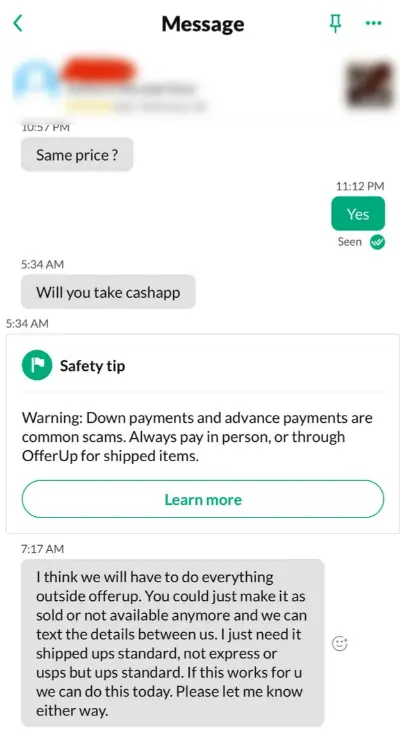
How to Avoid It:
The safest way to protect yourself is to always pay through verified, platform-approved channels like Shopify Payments, PayPal Business, or other trusted gateways.
If a supplier pressures you to make payments outside the platform, walk away immediately—no legitimate business will ask you to do that.
8. Get-Rich-Quick Scheme
These scams often come in the form of expensive “masterclasses” or “mentorship programs” that promise to reveal secret formulas for instant success in dropshipping. They use flashy ads, luxury lifestyles, and fake testimonials to convince beginners that making thousands overnight is easy.
In reality, these programs usually recycle freely available information and charge hundreds or even thousands of dollars for it. The real cost isn’t just the course fee — it’s the wasted time, effort, and trust that could’ve been spent learning from legitimate resources or building your store the right way.
How to Avoid It:
Before paying for any training, research the creator — check their store, social media, and student reviews. Be skeptical of any course or program that guarantees fast profits or uses vague promises like “become a 6-figure dropshipper in 30 days.”
9. Fake Profits Dashboard
In this scam, dishonest app developers or service providers present fake profit dashboards that display inflated revenue or manipulated profit margins. These tools are designed to make you believe your store is performing better than it actually is—so you continue spending on ads or paying for their service without realizing the data is false.
Some even sync with your Shopify store but show inaccurate or delayed cost data, such as hidden ad spend, shipping fees, or product costs, leading you to make poor financial decisions based on misleading insights.
How to Avoid It:
The best protection is to track and monitor your store’s financial performance yourself using a trusted automated profit tracker. Choose one that integrates directly with your dropshipping platforms, ad channels, shipping providers, and store — just as TrueProfit does — to automatically record all key expenses and reveal the most accurate picture of your profit performance.
Can Dropshipping Be a Profitable Business Model?
Dropshipping is definitely a potentially profitable business model in 2025. The average store conversion rate is around 1.4%, and the benchmark gross profit margin falls between 10–30%. Meanwhile, success rates can differ across every store. It’s estimated that around 10–20% of dropshipping businesses become profitable. That means out of 100 stores, about 10–20 achieve consistent profit.
In 2025, the average dropshipping income can be up to $5,000 per month for beginners while experienced merchants can earn $10,000 to $50,000+ per month thanks to proven ad strategies and better cost management.
Dropshipping profitability, like any business models, depends on doing two things well: increasing net profit while keeping costs in good shape.
Still, not everyone succeeds. Shopify estimates that only 10–20% of dropshippers become profitable — meaning roughly one in five stores actually makes money.
Profitability comes down to two key things: increasing net profit while keeping costs manageable.
That’s where TrueProfit comes in. As the #1 Net Profit Analytics App for Shopify, TrueProfit automatically calculates all your expenses — from ad spend and product cost to shipping and transaction fees — providing the most accurate real-time insight into your store’s profit and loss.


TrueProfit offers six key tools designed to track, monitor, and analyze your dropshipping profit:
- Real-time Profit Dashboard: Keep track of the most critical financial metrics including net profit, revenue, COGS (product cost), shipping cost, ad spend, total cost, net profit on ad spend, customer lifetime value, customer acquisition cost, and more - all in one real-time dashboard.
- Profit Per Product Tracking: Identify the most and least-profitable products by tracking net profit per item.
- Multi-Channel Ad Performance Tracking: Measure true impact of every marketing channel and spot the top & low-performing ad campaigns after all costs. Seamless integration with major ad platforms like Facebook, Instagram, Google, TikTok, and more.
- PnL Performance Report Over Time: Reveal profit & loss change with other financial metrics performance over time — by week, month, or year.
- Customer Value Tracking: Spot true value of customers by comparing the return per acquisition cost.
- Mobile Profit Dashboard: Stay on top of your store's profit and costs on the go.
What’s most powerful is how transparent your dropshipping success looks in TrueProfit. With seamless integrations across dropshipping platforms, ad channels, shipping providers, dropshipping suppliers, and payment gateways, TrueProfit gives Shopify merchants the most complete and clearest picture of their dropshipping profitability — helping you make smarter decisions and grow your dropshipping success confidently based on data, not guesswork.
Final Thoughts
Dropshipping isn’t a scam — it’s a legit business model with real risks. Whether you succeed or fail depends on how you approach it.
Avoid fake gurus, use verified suppliers, and focus on real data over hype. If you treat dropshipping like a serious business, it can absolutely become a reliable income source in 2025.
Leah Tran is a Content Specialist at TrueProfit, where she crafts SEO-driven and data-backed content to help eCommerce merchants understand their true profitability. With a strong background in content writing, research, and editorial content, she focuses on making complex financial and business concepts clear, engaging, and actionable for Shopify merchants.

